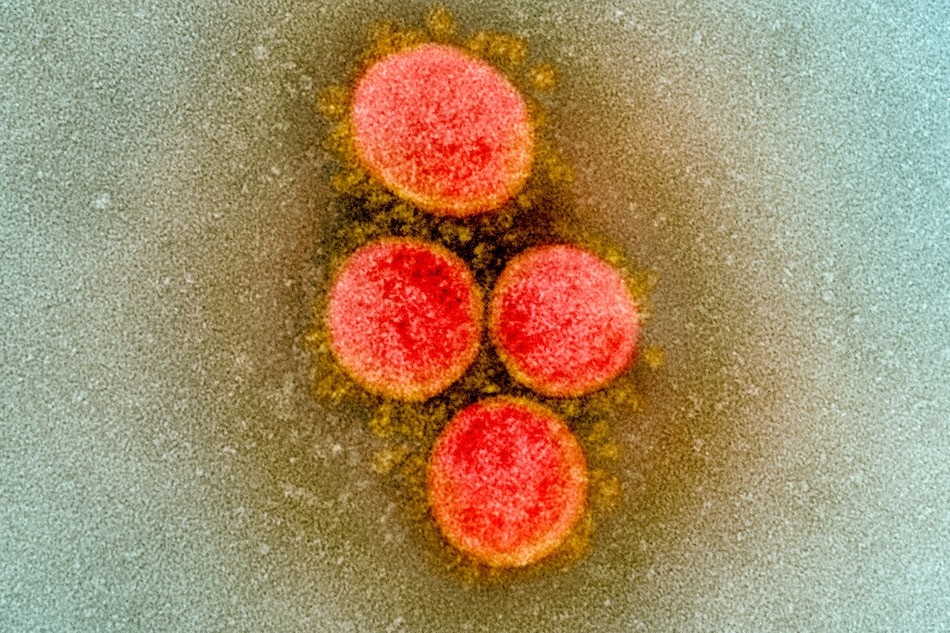
MANILA - The new coronavirus variant first detected in the Philippines could have developed locally and may be more transmissible but does not suggest it has increased pathogenicity, the Philippine Genome Center said Sunday.
The Department of Health on Saturday confirmed the P.3 variant, with a total of 98 cases so far detected.
"Sa palagay ko, masasabi natin (In my opinion, we can say) it’s really a local variant kasi (because) it’s really a local variant of origin. We have not seen that in the 600,000 deposits in the database. So, we believe that it developed locally," PGC executive director Cynthia Saloma told ABS-CBN's TeleRadyo.
(What's good among the variants of concern that we have seen is that they don't suggest increased pathogenicity... It means, they don't cause severe symptoms, they don't cause death if the patient is not immunocompromised.)
"'Pag sinabing pathogenicity, nagiging severe ang symptoms. Parang wala naman tayong nakikita, kahit sa tatlong variants of concern - P.1, B.1.1.7, and B.1.351. Wala naman din silang association sa pagiging mas malala 'yung sintoma."
(When you talk about pathogenicity, the symptoms become severe. We don't see that, even in the three variants of concern - P.1, B.1.1.7, and B.1.351. They are not associated with severe symptoms.)
The Philippines had sequenced 33 samples from Central Visayas on February 4 and found mutations of concern E484K, N501Y, and P681H, according to Saloma.
"We thought it merited a new lineage. We requested the Department of Health to allow the Philippine Genome Center to have it deposited in the global initiative on influenza data," she said of the P.3 variant.
(We saw Germany deposited a sample on the database. We don't know if it came from our islands but we saw 1 out of 34 samples was a deposit from Germany. They collected it February 11.)
Saloma said it is not true that Japan was the first to announce about the existence of the P.3 variant, saying that the Philippines' successful biosurveillance efforts resulted in the assignment of such lineage on March 10.
The “mutations of concern” E484K and N501Y were previously detected in Central Visayas and are also present in other COVID-19 variants, Saloma said.
The N501Y was detected in the B.1.1.7 variant or the variant first detected in the UK, which is attributed to increase transmissibility, according to Saloma.
The E484K, meantime, has also been detected in the B.1.351 variant first detected in South Africa and the P.1 variant first reported in Brazil, Saloma added.
Some analysts say these variants partly caused the recent spike in COVID-19 cases in the country.
"'Yung mutation niya suggests pwede siyang mabilis na makahawa," Saloma said of the P.3 variant.
(The mutation suggests it is more transmissible.)
"Pinapag-aralan pa natin 'yan kaya ang ating epidemiology bureau needs to get data on the ground," she added when asked to compare its transmissibility with other variants, underscoring the need to conduct better contact-tracing activity.
(We're still studying this, so the epidemiology bureau needs to get data on the ground.)
Read more via ABS CBN: https://news.abs-cbn.com/news/03/14/21/covid-19-variant-detected-in-ph-developed-locally-may-be-more-transmissible-expert